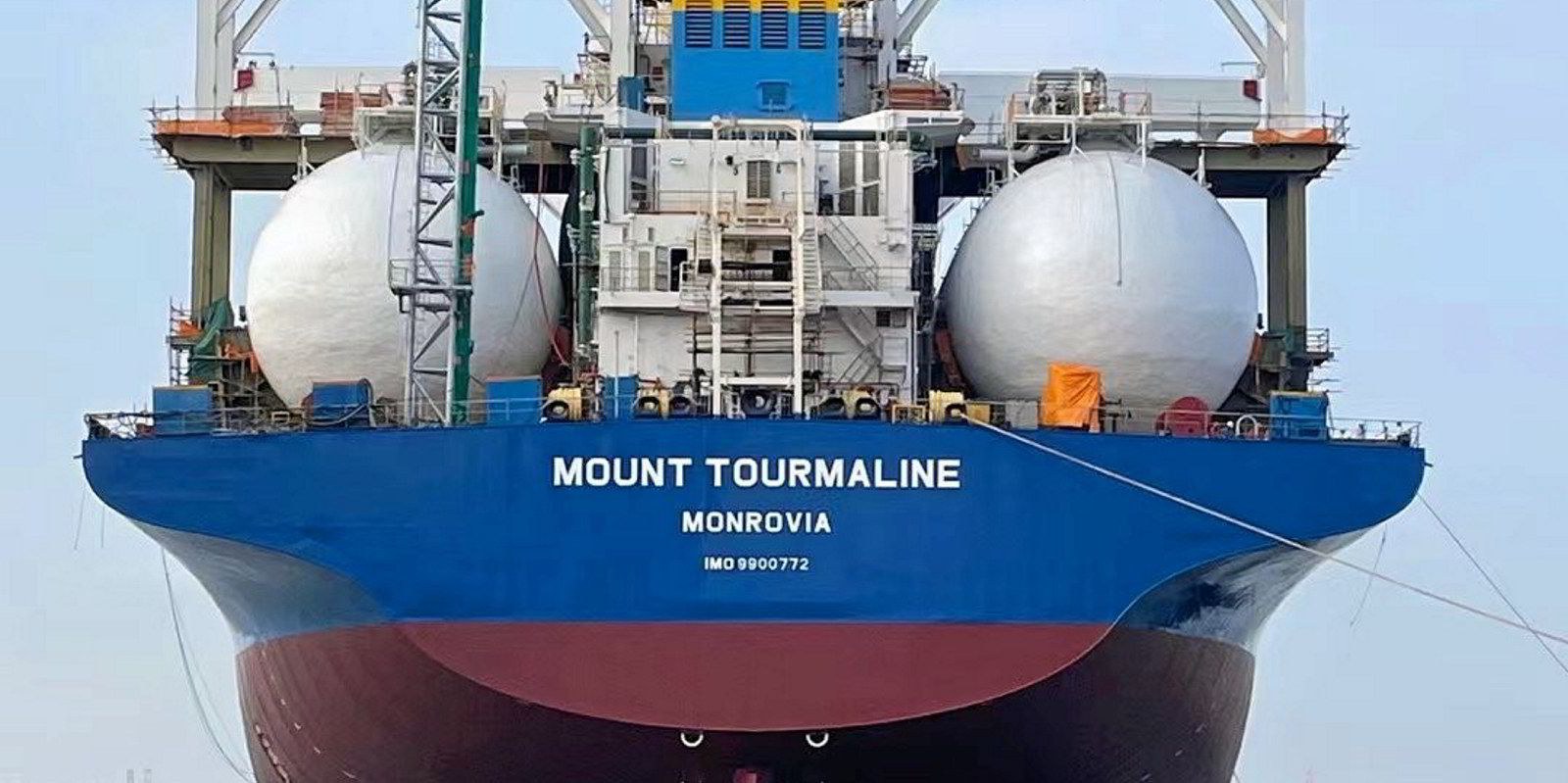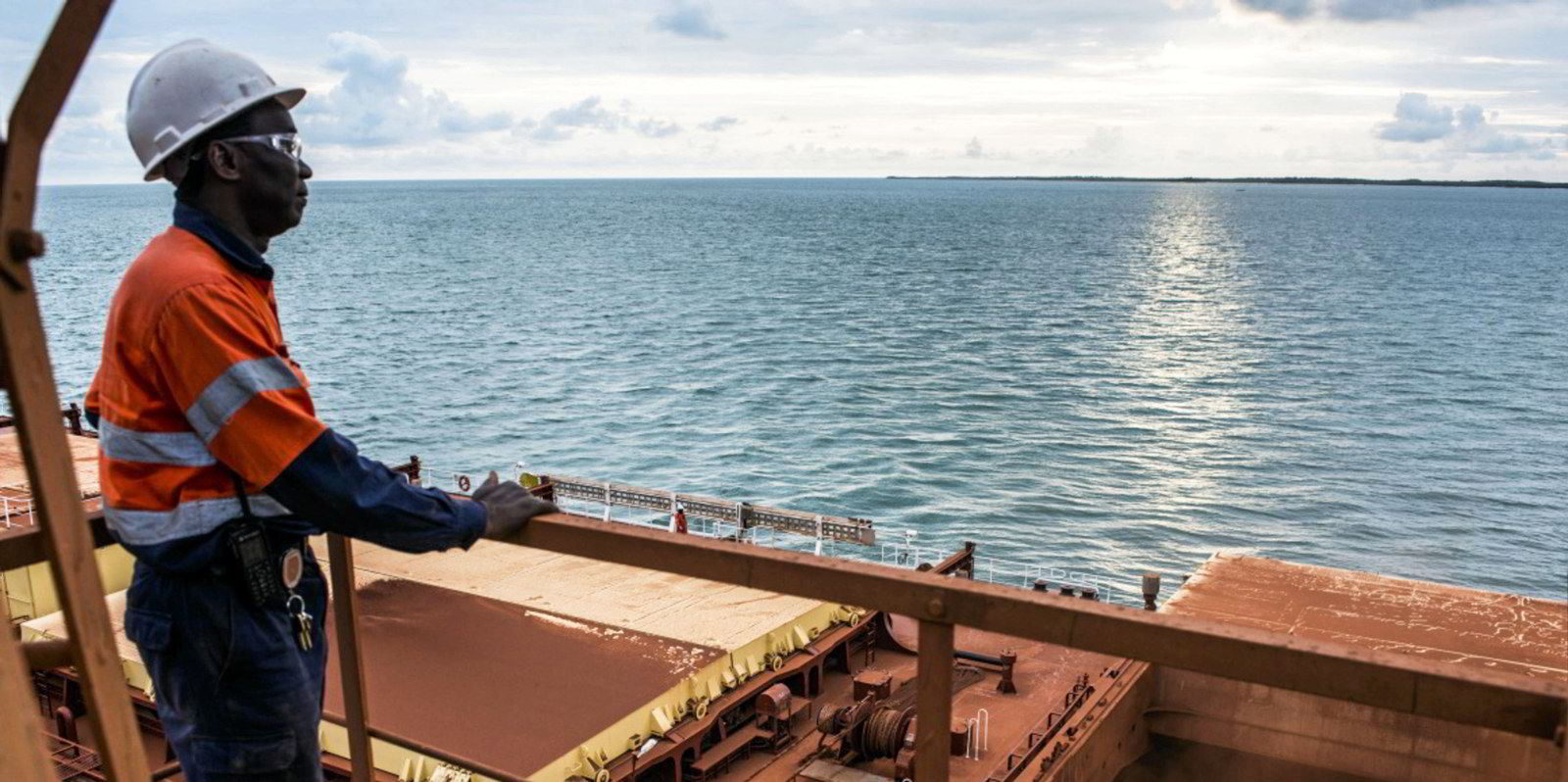It will not take long for converted VLOCs to disappear from the shipping landscape, based on current high recycling values.
Last year was full of records for the recycling of VLOCs that had been converted from tankers, which surprised many observers, especially considering the lockdown period in the subcontinent as a result of Covid-19..
Recycling activities across the globe were virtually shut down for several months. The governments of India, Bangladesh and Pakistan even imposed a temporary ban on importing vessels for recycling, to curtail the spread of the virus.
What, then, led to VLOCs being recycled in such high numbers?
The birth of VLOCs began with the conversion of single-hull VLCCs in the early 2000s, with the International Maritime Organization requirement for single-hull tankers to be phased out by 2010.
Single-hull VLCCs were required to be converted to double-hull tankers or storage units, or they had to be recycled.
However, in light of the high charter rates being achieved by bulk carriers at the time, a few investors and shipowners eyed an opportunity to convert these vessels into ore carriers, so that they could venture into the dry bulk trade.
It was also a cheaper option for owners, requiring less steel and reducing conversion times at shipyards.
More importantly, these types of vessels, which were intended primarily for the Brazil-to-China iron ore trade, could be chartered out for long-term contracts of affreightment, often 10 years in duration, which made it even more attractive to some safe investors, who were looking for a fixed long-term return.

But the situation changed drastically in 2020 when Vale announced that it would remove 25 converted VLOCs from its fleet by the early termination or amendment of existing contracts, as part of a new approach to risk management.
The 266,100-dwt Stellar Daisy (built 1993), a VLCC converted to a VLOC, sank off the coast of Uruguay in March 2017 with the loss of 22 lives. This accident led to an urgent fleetwide series of inspections, repairs and upgrades. As a result, maintenance and repair costs became significantly higher than for younger tonnage.
Moreover, the trading options for these vessels remained limited, primarily due to their size. In most cases, converted VLOCs end up staying in lay-up — primarily at Labuan, Malaysia — when their long-term contracts end and while the decision to recycle is pending.
Vale ended the use of converted VLOCs last year.
Although single-hull VLCCs found a way to survive longer as converted VLOCs when stricter regulations were imposed, it eventually seemed as though there was no option left for these vessels other than to recycle them.
And while bulker owners are enjoying high charter rates, there is no longer much use for this type of vessel.
Accordingly, 28 VLOCs were recycled last year — about 70% of the total dry bulk volume, in terms of deadweight, scrapped. This is a big increase, given that only three VLOCs were recycled in 2018 and 12 in 2019.
If we presume the average lightweight of VLOCs to be about 40,000 long tons and the average recycling price to be $350 per ldt, the average lump sum recycling value of a VLOC would be about $14m, so the total recycling volume for VLOCs in 2020 equated to nearly $400m.
We have often seen that the price of a VLOC is lower than other types of dry bulk units.
There are several reasons for this.
Older converted VLOCs generate more scrap steel than normal, and this large vessel imposes a far greater financial risk for the buyers, especially when the markets have been as volatile of late. Additionally, there is a limited number of possible end buyers, given the large US dollar transaction involved.
But based on current high recycling values and these vessels’ limited employment opportunities, it is only a matter of time before converted VLOCs fade into shipping history.
Gyungbae Gil is a trader who has been working with GMS, a cash buyer of ships for demolition, for more than eight years
Do you have an opinion to share? Email: news@tradewindsnews.com






